
A new study analyzed data from 29 people who were already being monitored for epileptic seizures using postage-stamp-size arrays of electrodes that were placed directly on the surface of their brain. As the participants listened to Pink Floyd's 1979 song "Another Brick in the Wall, Part 1," the electrodes captured the electrical activity of several brain regions attuned to musical elements such as tone, rhythm, harmony and lyrics. Employing machine learning, the researchers reconstructed garbled but distinctive audio of what the participants were hearing. The study results were published on Tuesday in PLOS Biology.
Neuroscientists have worked for decades to decode what people are seeing, hearing or thinking from brain activity alone. In 2012 a team that included the new study's senior author — cognitive neuroscientist Robert Knight of the University of California, Berkeley — became the first to successfully reconstruct audio recordings of words participants heard while wearing implanted electrodes. Others have since used similar techniques to reproduce recently viewed or imagined pictures from participants' brain scans, including human faces and landscape photographs. But the recent PLOS Biology paper by Knight and his colleagues is the first to suggest that scientists can eavesdrop on the brain to synthesize music.

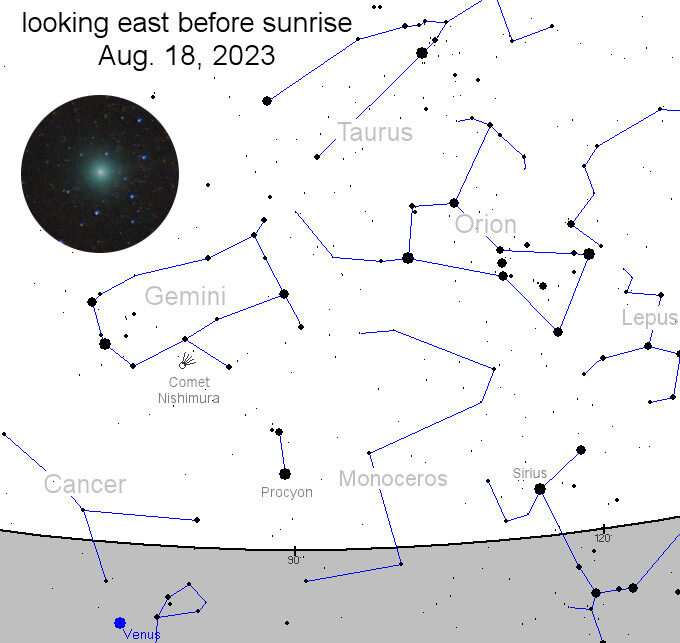
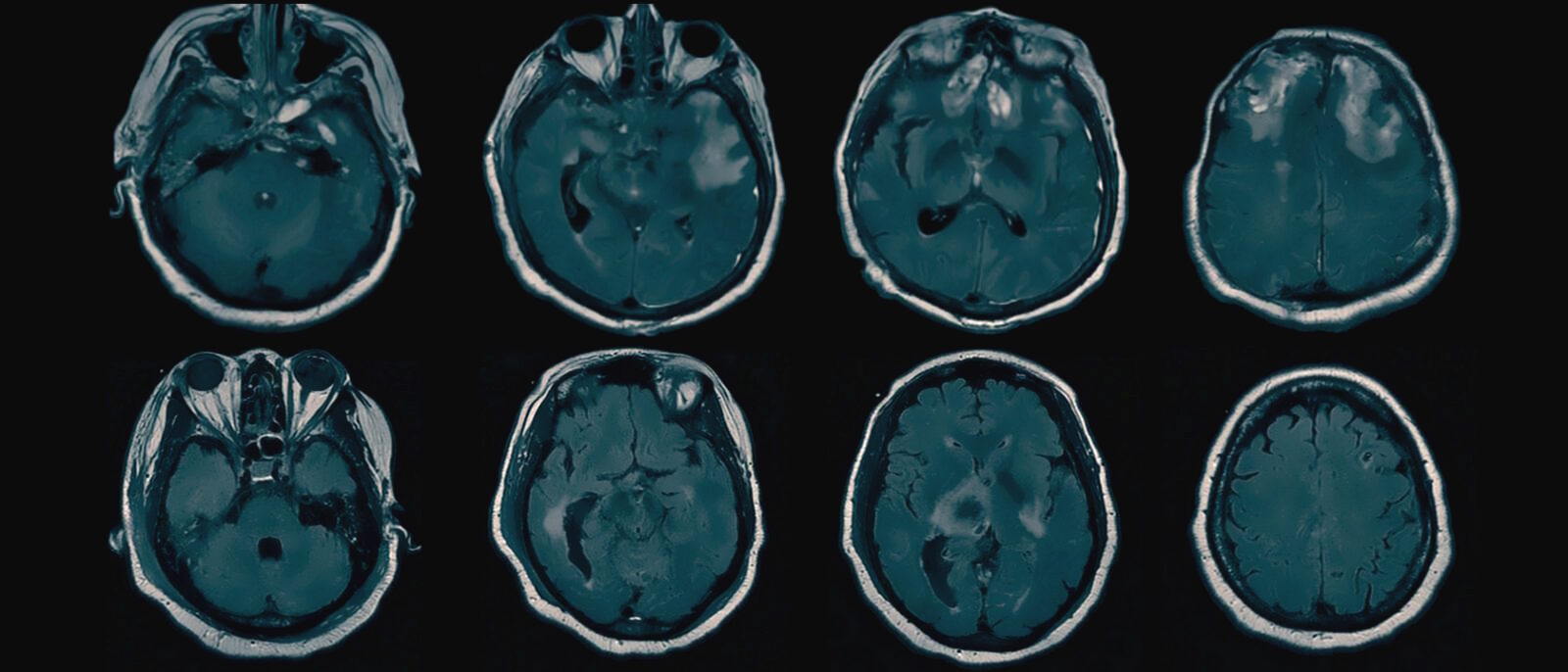
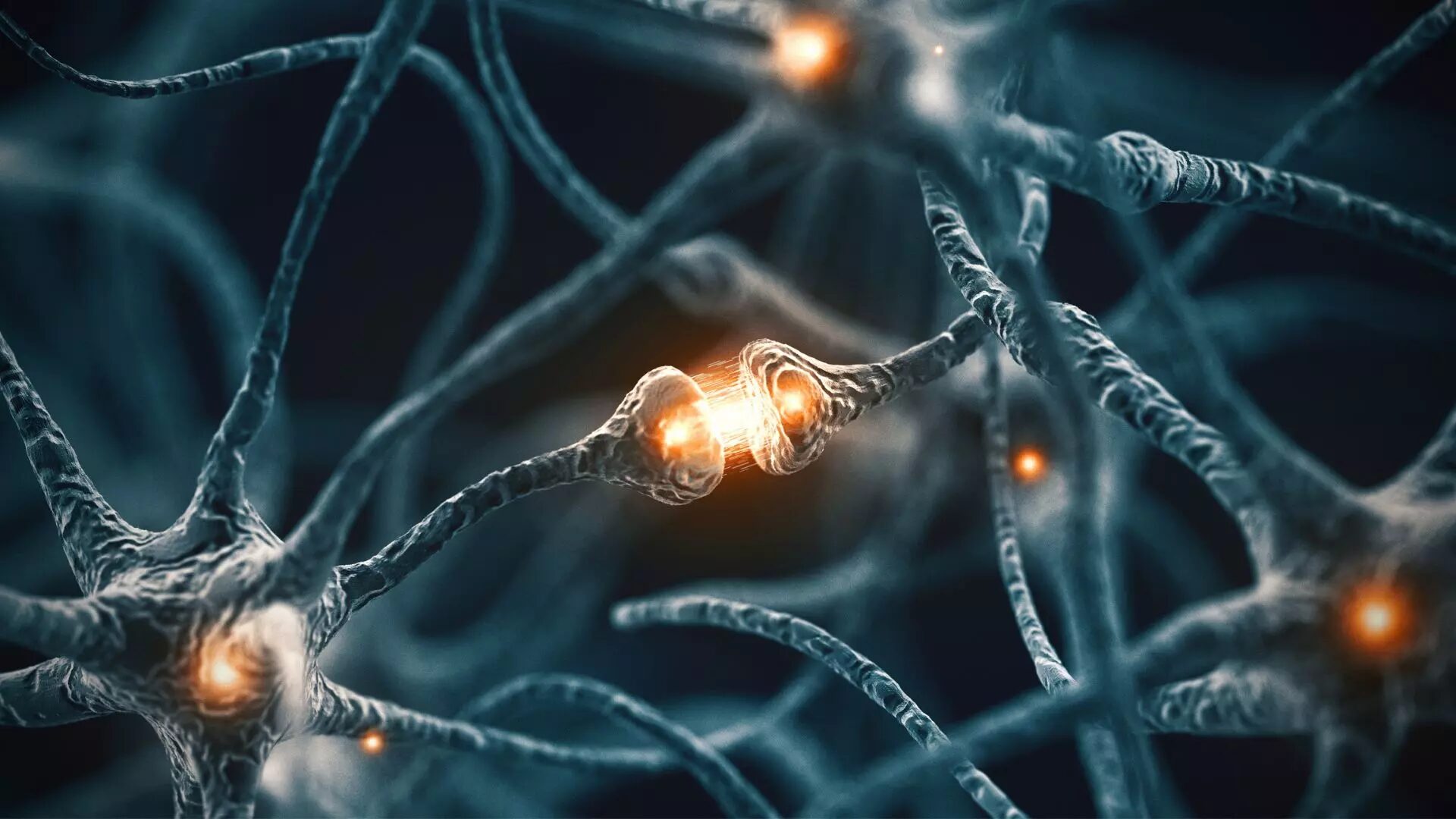



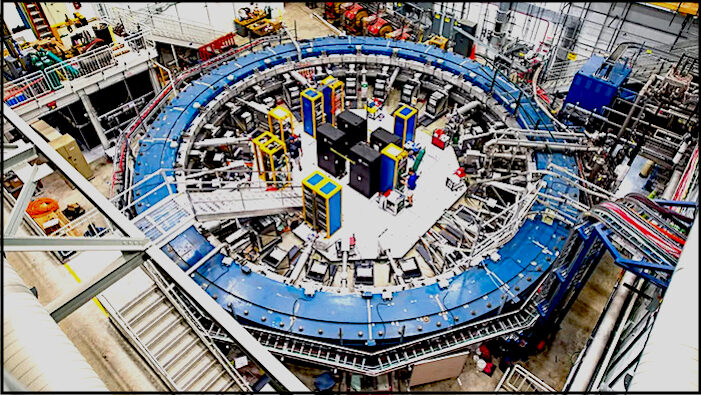
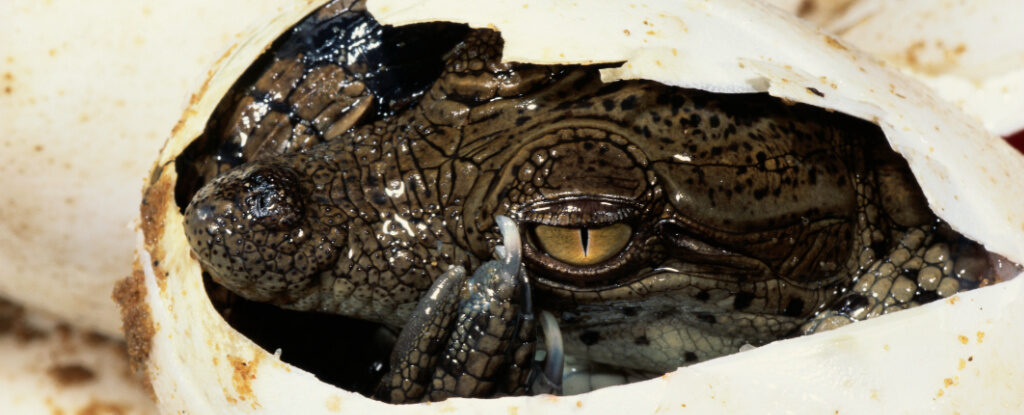



Comment: See also: A mysterious brain network may underlie many psychiatric disorders